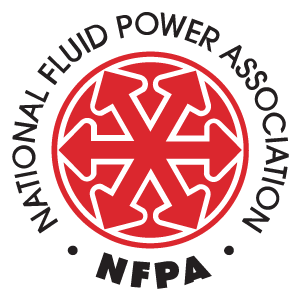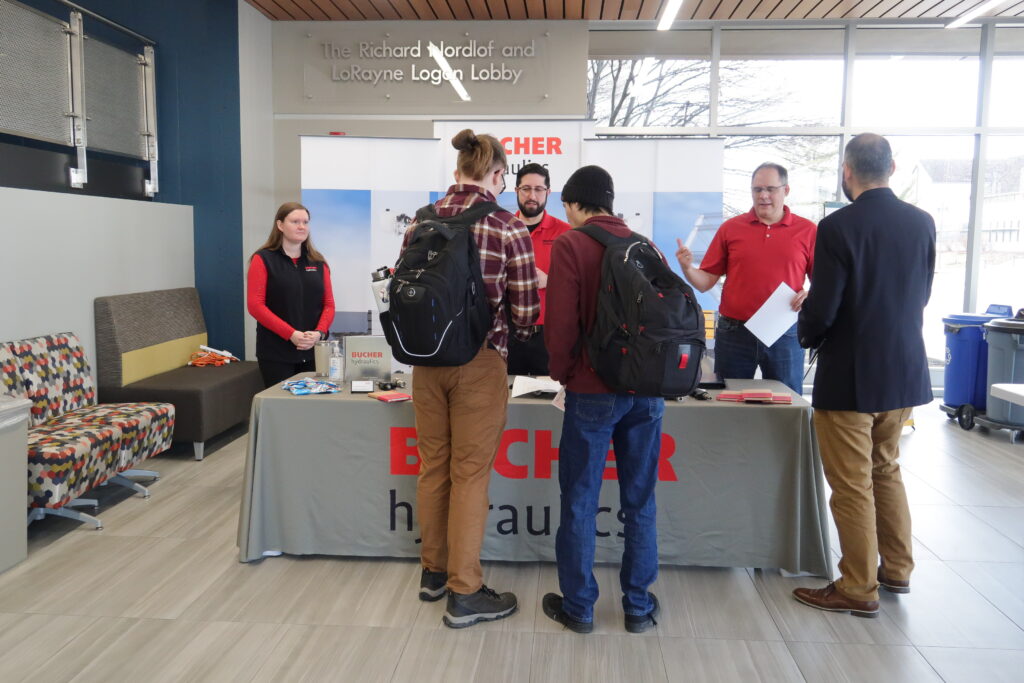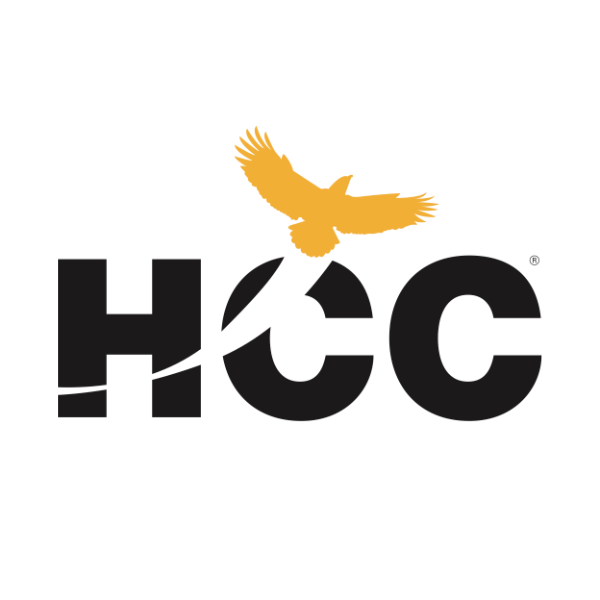As part of an effort to bring more information about the regulatory and legal environment facing American manufacturers, NFPA is monitoring the newsfeed of the National Association of Manufacturers (NAM) and will be bringing important updates like this to the attention of NFPA members.
Manufacturers spend years developing and delivering top-of-the-line vehicles for consumers. But as policymakers set new fuel standards and regulations for light vehicles, automakers are finding themselves caught in a tangled mess of policy-making that threatens manufacturers and consumers alike.
Too many regulators: A number of agencies and government bodies, along with the state of California, are each imposing their own fuel-efficiency standards and environmental regulations, forcing automakers to cope with the conflicts and contradictions.
“Right now, we’re looking at multiple sets of standards,” said NAM Vice President of Domestic Policy Brandon Farris. “That includes the Department of Energy, the Environmental Protection Agency and the National Highway Traffic Safety Administration, as well as separate standards from California. Each has standards for vehicle emissions, and they’re not well-aligned.”
Brief timelines: In addition, all of these regulations come with their own timelines for compliance, which often don’t give manufacturers enough time to innovate, test and produce new vehicles.
“The timelines are short,” said Farris. “One of the things we’re asking agencies to recognize is the manufacturing lead time that’s needed.”
Product mandates: In some cases, agencies are imposing mandates that will narrow the range of vehicles that automakers can produce. The EPA, for example, is calling for 67% of all new vehicles to be battery electric in 10 years, a requirement that would squeeze out other fuel-efficient models.
“What that’s going to do is cut down on consumer choice,” said Farris. “There are conventional hybrids, plug-in hybrids, hydrogen fuel cell vehicles, battery electric vehicles and others that could all reduce emissions, but the EPA has cut out all of those and selected one kind of technology.”
NAM in action: The NAM is deeply involved in conversations with policymakers in the administration and Congress, working to give manufacturers the support they need.
“We’re working with the agencies, we’re submitting regulatory comments, we’re raising this with the White House and Congress, and we’re working on potential legislation that may address this as well,” said Farris.
Our ask: According to Farris, the NAM is calling on policymakers to take four steps.
- Harmonize standards: With so many overlapping standards, manufacturers are left without clear guidance. Giving manufacturers a single standard would make it easier for automakers and consumers alike.
- Set realistic targets: Standards must be achievable to have a real and positive impact.
- Provide reasonable timeframes: From sourcing critical minerals to manufacturing new engines, automakers need the appropriate time to succeed.
- Protect consumer choice: Consumers should be able to choose between different kinds of vehicles to reduce emissions overall.
The bottom line: “We have shifting standards, standards that aren’t aligned and overlapping timelines,” said Farris. “If you’re a manufacturer trying to make a single automotive that consumers want right now, you’re shooting at a moving target.”
The NAM, members of the NAM’s Council of Manufacturing Associations and Conference of State Manufacturers Associations recently launched Manufacturers for Sensible Regulations, a coalition addressing the impact of the current regulatory onslaught coming from federal agencies. To learn more, and get involved, go here.
Like this post? Share it!
Recent Posts
Fall 2024 Fluid Power Recruitment Event with NIU
RSVP for our Fall 2024 Fluid Power Recruitment Event with Northern Illinois University (NIU). NIU is one of seven universities recognized as a Power Partner, teaching fluid power competencies and engaging in all NFPA educational programs. At this event, your company will have the opportunity to connect directly with NIU engineering students. Engaging in meaningful conversations,…
Now Announcing: Cuyahoga Community College as a Fast Track Hub in Ohio
NFPA’s Fast Track to Fluid Power is a workforce development pathway that partners local technical colleges with fluid power industry members and high school teachers. These networks create awareness and interest in fluid power and train students along a path that leads to careers in fluid power at NFPA member companies. We are pleased to…
Now Announcing: Houston Community College as a Fast Track Hub in Texas
NFPA’s Fast Track to Fluid Power is a workforce development pathway that partners local technical colleges with fluid power industry members and high school teachers. These networks create awareness and interest in fluid power and train students along a path that leads to careers in fluid power at NFPA member companies. We are pleased to…



